Refrigeration Cycle
Categories: Automation TechnologiesDescriptionThis simple refrigeration cycle unit assists students to learn the stages of refrigeration at an entry level. Students learn about pressure-enthalpy charts and use the chart for R-134a to d...
Product
Description
Description
This simple refrigeration cycle unit assists students to learn the stages of refrigeration at an entry level. Students learn about pressure-enthalpy charts and use the chart for R-134a to determine the coefficient of performance (CoP), superheat and sub-cooling from the enthalpy changes. The refrigeration circuit features high and low pressure gauges, a pressure switch, sight glass, filter dryer and TEV valve. The circuit also includes pressure transducers that connect to the instrumentation. Four thermocouples placed around the refrigeration circuit allow the observation of temperatures, these can be used for the calculation of potential super-heating and sub- cooloing. The evaporator and condenser coils are submerged in heat source and heat sink water tanks for the clear demonstration of a practical heat pump. A small pump provides a circulation of the water between the heat source and sink for steady state experiments.
Learning Outcomes
Learn to use a pressure-enthalpy chart
Determine superheat and sub-cooling
Basic refrigeration cycle energy balance
Determine coefficient of performance (CoP)
Determine non-isentropic, isentropic and volumetriefficiencies of the compression stage
Effect of heat source and heat sink temperatures on CoP
Compare performance between actual and reversed Carnot cycles.
Features
Pressure and temperature measurements taken around the refrigeration circuit
LCD display of all measured parameters
Connectivity included featuring data acquisition via USB
Software allows students to visualise experimental parameters using pressure– enthaply charts
Temperature sensors in heat source and heat sink water tanks allows clear demostration of a refrigeration or heat pump cycle
Water pump allows circulation of water for steady-state experiment
Refrigerant circuit colour-coded to international standard
Specifications
ATICO is committed to a programme of continuous improvement; hence we reserve the right to alter the design and product specification without prior notice.
Approx nett dimensions and weight:
825 mm wide x 494 mm front to back x 845 mm high and mass approx 58 kg
Operating Conditions
Operating Enviroment:
Laboratory
Storage Temprature Range :
–25°C to +55°C (when packed for transport)
Operating Temprature range:
+5°C to +30°C
Operating relative humidity range:
Maximum: 70% up to 31°C decreasing linerly to 50% at 40°C For best results < 55%
quick overview :
Description
This simple refrigeration cycle unit assists students to learn the stages of refrigeration at an entry level. Students learn about pressure-enthalpy charts and use the chart for R-134a to determine the coefficient of performance (CoP), superheat and sub-cooling from the enthalpy changes. The refrigeration circuit features high and low pressure gauges, a pressure switch, sight glass, filter dryer and TEV valve. The circuit also includes pressure transducers that connect to the instrumentation. Four thermocouples placed around the refrigeration circuit allow the observation of temperatures, these can be used for the calculation of potential super-heating and sub- cooloing. The evaporator and condenser coils are submerged in heat source and heat sink water tanks for the clear demonstration of a practical heat pump. A small pump provides a circulation of the water between the heat source and sink for steady state experiments.
Learning Outcomes
Learn to use a pressure-enthalpy chart
Determine superheat and sub-cooling
Basic refrigeration cycle energy balance
Determine coefficient of performance (CoP)
Determine non-isentropic, isentropic and volumetriefficiencies of the compression stage
Effect of heat source and heat sink temperatures on CoP
Compare performance between actual and reversed Carnot cycles.
Features
Pressure and temperature measurements taken around the refrigeration circuit
LCD display of all measured parameters
Connectivity included featuring data acquisition via USB
Software allows students to visualise experimental parameters using pressure– enthaply charts
Temperature sensors in heat source and heat sink water tanks allows clear demostration of a refrigeration or heat pump cycle
Water pump allows circulation of water for steady-state experiment
Refrigerant circuit colour-coded to international standard
Specifications
ATICO is committed to a programme of continuous improvement; hence we reserve the right to alter the design and product specification without prior notice.
Approx nett dimensions and weight:
825 mm wide x 494 mm front to back x 845 mm high and mass approx 58 kg
Operating Conditions
Operating Enviroment:
Laboratory
Storage Temprature Range :
–25°C to +55°C (when packed for transport)
Operating Temprature range:
+5°C to +30°C
Operating relative humidity range:
Maximum: 70% up to 31°C decreasing linerly to 50% at 40°C For best results < 55%
Product
Reviews
add Review
reviews
No Review Yet.
Copyrights © 2025 All Rights Reserved by Atico


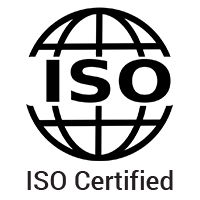

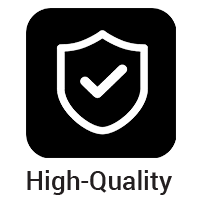

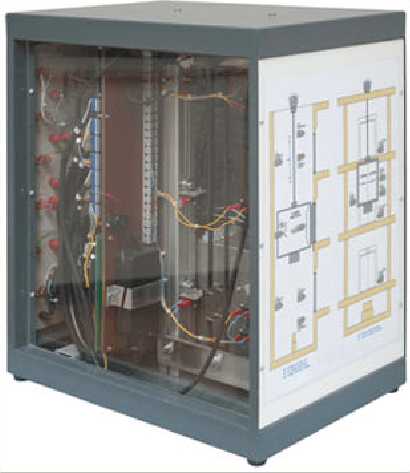
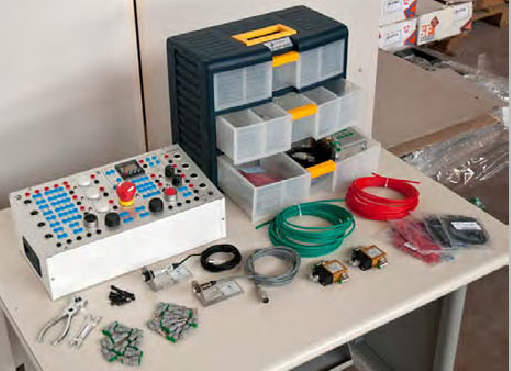
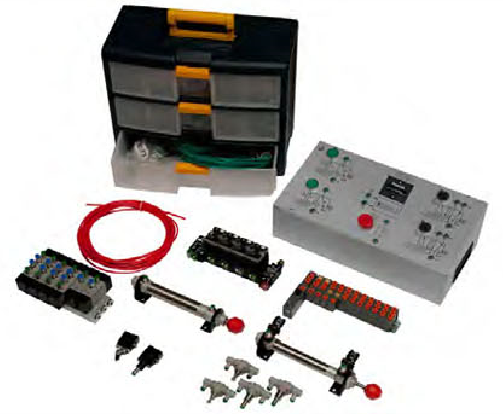
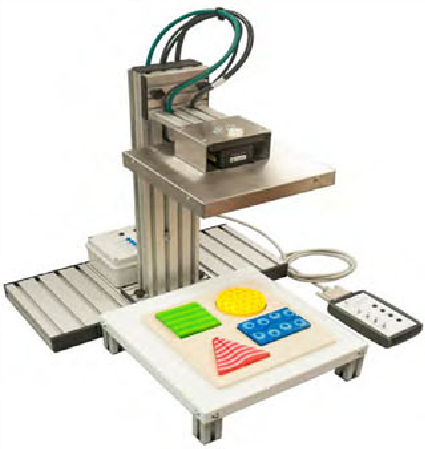
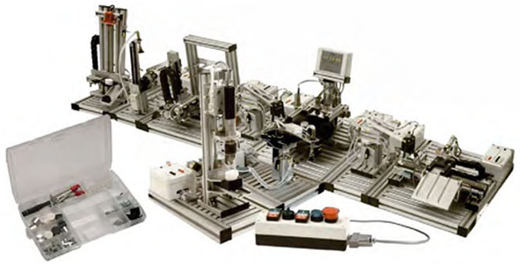
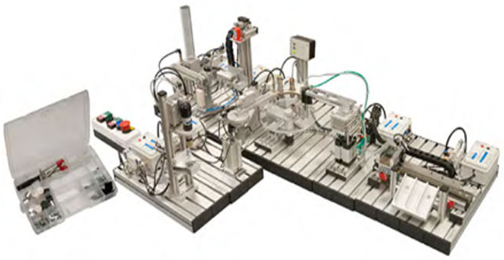
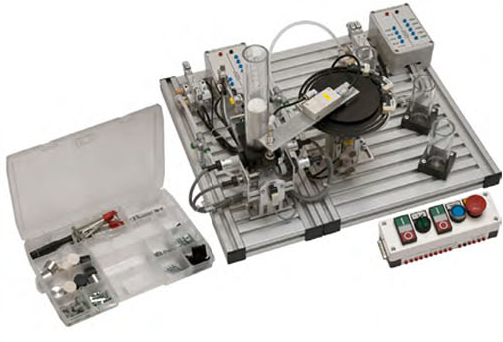
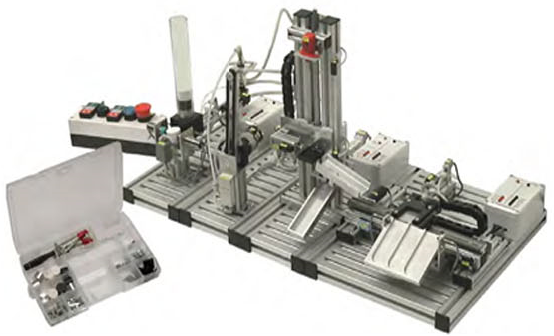
Product
Reviews
add Review
reviews
No Review Yet.